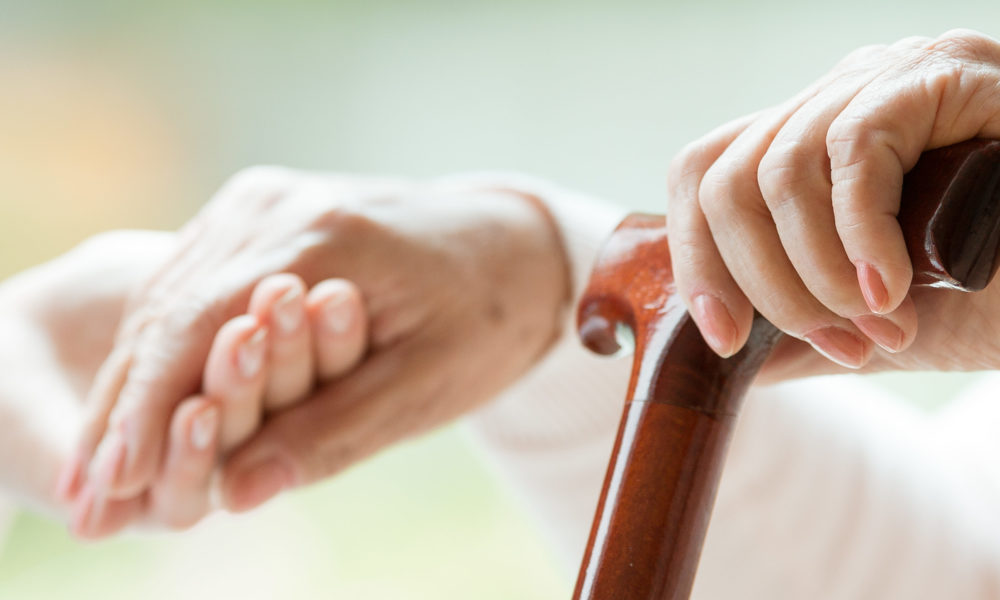Oregon has one of the highest suicide rates in the U.S., ranking 14th in the nation. While youth suicide prevention efforts have gained momentum in Central Oregon in recent years, such as through the Hope and Help Education Series, the older adult population is struggling.
White men over the age of 85 have the second highest suicide rate in Oregon, following middle-aged white men (American Foundation for Suicide Prevention, 2017 data).
This older male population is vulnerable to a number of risk factors that increase the likeliness of suicide and make prevention difficult. Protective factors can help balance the negative impact of risk factors and provide an opportunity to heal from past and ongoing trauma.
According to the Substance Abuse and Mental Health Services Administration, risk factors for suicide include:
- Later life onset of depression and mental illness
- Chronic medical conditions that significantly limit functioning or life expectancy
- Pain and declining role function (e.g., loss of independence or sense of purpose)
- Social isolation
- Family discord or losses (e.g., the recent death of a loved one)
- Resistance to change and stigma around asking for help
- Access to lethal means (e.g., firearms)
- Alcohol or medication misuse or abuse
- Cognitive impairment causing impulsive behavior
The Centers for Disease Control and Prevention lists the following protective factors for the suicidal:
- Effective clinical care for mental, physical, and substance abuse disorders
- Easy access to a variety of clinical interventions and support for help seeking
- Family and community support (connectedness)
- Support from ongoing medical and mental health care relationships
- Skills in problem solving, conflict resolution, and nonviolent ways of handling disputes
- Cultural and religious beliefs that discourage suicide and support instincts for self-preservation
The Council on Aging supports a number of services that can help increase protective factors, build community resiliency and reduce the risk of suicide for older adults. Community meals provide opportunities for social connection. Meals on Wheels not only provide a nutritional lifeline, but allow volunteers to check on the well-being of isolated and home-bound older adults. Case managers help provide access and coordination of health and personal care services. Caregiver support services provide relief to family members and other unpaid caregivers, who are themselves at increased risk of suicide due to the burden of caring for a loved one.
It takes a community effort to break down barriers, overcome stigma, and open the conversation with older adults about suicide. You can do your part by connecting with your older adult neighbors and paying attention to warning signs and risk factors. Above all, if you think someone might be thinking about suicide — ask. Then make sure to get them to a crisis intervention resource, like the ones listed below.
Central Oregon Resources for the Suicidal
If you or a loved one is in crisis and at risk of suicide, call 911 or contact one of the following crisis intervention hotlines:
- Deschutes County 24-Hour Crisis Line: 541-322-7500 x9
- Crook County Mental Health: 1-888-232-7192
- Jefferson County Community Mental Health: 1-888-232-7192
- National Suicide Prevention Line: 1-800-273-TALK (8255)
- Text 273Talk to 839863
- For Veterans Press #1
- Make an appointment to speak with a Counselor
- Deschutes County Behavioral Health: 541-322-7500
- St. Charles Health Services: 541-706-2768
- OSU Free Counseling Clinic in Bend and La Pine: 541-322-2047
- Friendship Line (warm line) for older adults (60+): 1-800-971-0016
- Focused on helping older adults feel connected and visible
- A 5-minute phone call can shift feelings of loneliness to connection


